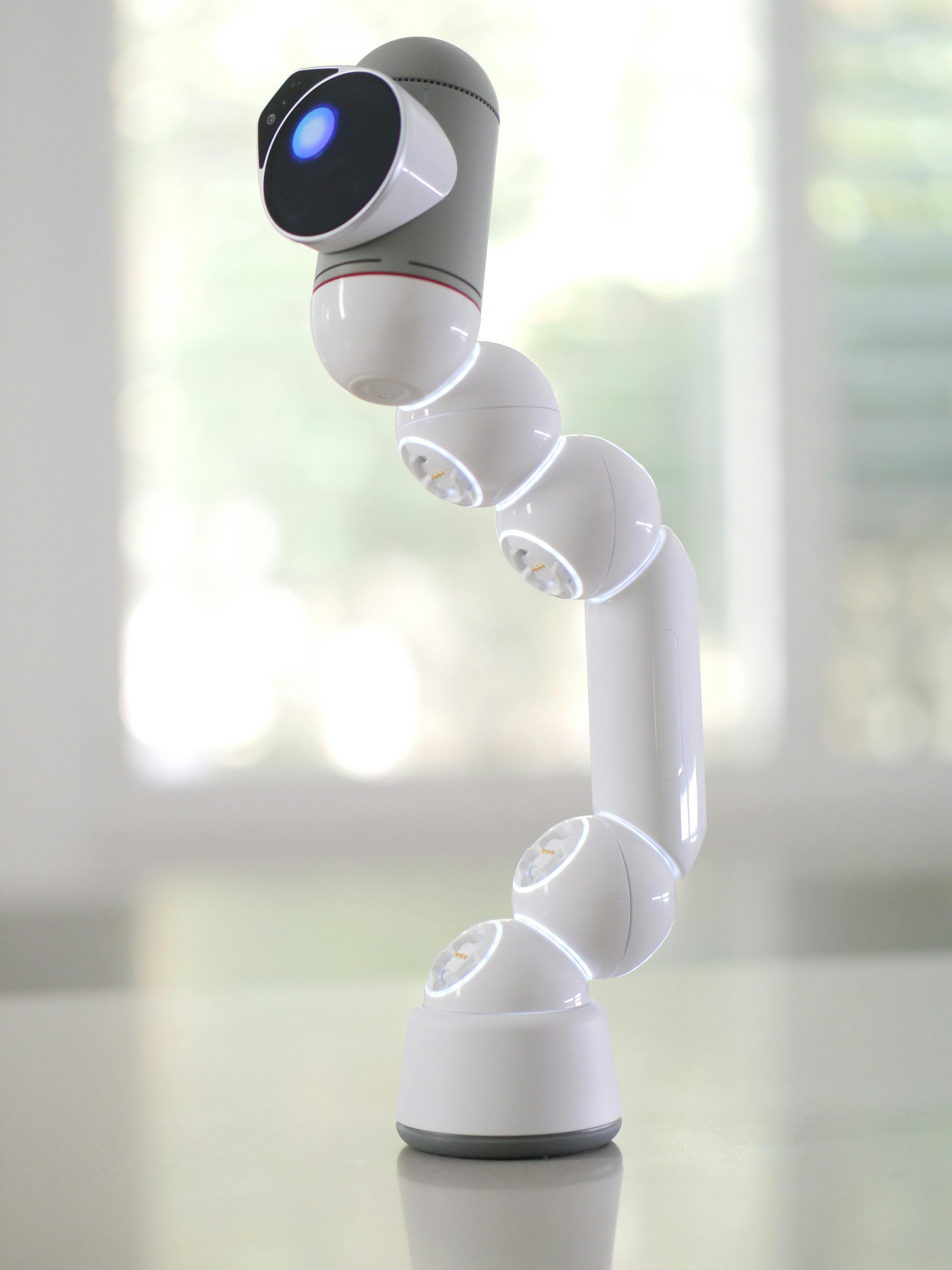Understanding Self-Cleaning Litter Boxes for Cats: Technology, Benefits, and Features
Cat owners know that maintaining a clean litter box is essential for both their pet's health and household hygiene. Traditional litter boxes require daily scooping and regular complete cleanings, which can be time-consuming and unpleasant. Self-cleaning litter boxes have revolutionized this necessary chore by automating the waste removal process. These innovative devices use various mechanisms and technologies to separate waste from clean litter, reducing odor and maintenance while providing cats with a consistently clean bathroom environment.

How a Self-Cleaning Litter Box for Cats Works
Self-cleaning litter boxes operate using different mechanisms, but they all share the common goal of automatically removing waste without human intervention. The most prevalent designs include rake systems, rotating mechanisms, and conveyor systems. Rake systems use motion sensors to detect when a cat has used the box and, after a predetermined waiting period, activate a mechanical rake that sifts through the litter to separate clumps from clean litter. The waste is then deposited into a sealed compartment, containing odors until emptying is required. Rotating systems, meanwhile, turn the entire litter chamber upside down, sifting waste through a grate into a collection tray while returning clean litter to the main compartment. Some advanced models use conveyor belts that continuously filter litter, removing waste throughout the day.
Most self-cleaning boxes require electricity to function, either through power cords or batteries. Many models include safety features that prevent the cleaning cycle from activating while a cat is using the box, protecting your pet from any moving parts. The cleaning cycles typically run automatically after each use, though some models offer manual activation options or programmable schedules to accommodate multiple cats or specific household routines.
Benefits of Using a Self-Cleaning Litter Box for Cats
The primary advantage of self-cleaning litter boxes is the significant reduction in daily maintenance. By automating waste removal, these devices minimize the need for scooping, which is particularly beneficial for busy pet owners, those with mobility issues, or individuals who travel frequently. The continuous cleaning process also helps control odors more effectively than traditional boxes, as waste is promptly separated and sealed away from the main litter area.
Health benefits extend to both cats and their owners. For cats, a consistently clean litter environment can reduce the risk of urinary tract infections and other health issues that may arise from using soiled litter. For humans, less contact with cat waste means reduced exposure to potential pathogens like Toxoplasma gondii. Additionally, pregnant women and immunocompromised individuals can benefit from the decreased handling of potentially harmful waste materials.
Many cat owners report that their pets show increased litter box usage and decreased accidents outside the box after switching to self-cleaning models. This improved bathroom behavior often stems from cats’ natural preference for clean litter environments. For multi-cat households, the constant cleaning can help prevent territorial issues around litter box usage, as each cat encounters a freshly cleaned space.
Key Features to Look for in a Self-Cleaning Litter Box for Cats
When shopping for a self-cleaning litter box, size and capacity should be primary considerations. The unit must be large enough to accommodate your cat comfortably, allowing them to turn around and dig. For larger cats or multi-cat households, look for boxes with spacious interiors and waste compartments that don’t require emptying after every use.
Noise level during operation can influence both human and feline acceptance of the device. Cats with sensitive temperaments may avoid boxes that make sudden or loud noises during cleaning cycles. Many newer models advertise quiet operation specifically to address this concern. Dust control features are also important, especially for households with allergies or respiratory sensitivities. Some models include covers or hoods that contain dust during the cleaning process.
Litter compatibility varies significantly between models. While some self-cleaning boxes work with virtually any clumping litter, others require specific brands or types of litter to function properly. Before purchasing, consider whether you’re willing to switch litter types or if you need a device compatible with your cat’s current preferred litter. Additional features to evaluate include odor control systems, tracking reduction mats, and monitoring capabilities that alert owners when waste compartments need emptying.
Smart Technology in Modern Self-Cleaning Litter Boxes for Cats
The latest generation of self-cleaning litter boxes incorporates advanced technology to enhance functionality and user experience. Wi-Fi connectivity allows owners to monitor litter box usage remotely through smartphone applications. These apps typically track cleaning cycles, waste levels, and can even provide insights into a cat’s bathroom habits—information that can be valuable for early detection of potential health issues like urinary tract infections or digestive problems.
Some high-end models include weight sensors that identify individual cats in multi-pet households, creating usage logs for each animal. This feature is particularly useful for monitoring the health of specific cats, especially senior felines or those with chronic conditions. Automated notifications alert owners when maintenance is required, such as emptying the waste drawer or refilling litter supplies, ensuring the system continues functioning optimally.
Advanced filtration systems in premium models target both solid waste and odor molecules. Carbon filters, specialized litter formulations, and sealed waste compartments work together to neutralize ammonia smells and contain bacteria. Some units even incorporate UV sterilization technology to kill pathogens in the litter. These sophisticated odor-control features can significantly improve household air quality, especially in smaller living spaces.
Comparing Popular Self-Cleaning Litter Box Models
When evaluating different self-cleaning litter box options, it’s helpful to understand the range of features and price points available in today’s market.
| Model | Cleaning Mechanism | Smart Features | Capacity | Price Range |
|---|---|---|---|---|
| Litter-Robot 4 | Rotating globe system | Wi-Fi, app monitoring, multiple cat tracking | 3-4 cats | $649-$699 |
| PetSafe ScoopFree Ultra | Crystal litter with rake system | Usage counter, adjustable cleaning cycles | 1-2 cats | $169-$199 |
| ChillX AutoEgg | Dual-axis sifting system | Health monitoring, cat weight tracking | 1-2 cats | $399-$449 |
| Catlink Scooper Pro | Horizontal rake system | Activity tracking, multiple safety sensors | 2-3 cats | $299-$349 |
| Petkit Pura X | Horizontal rake with waste bagging | Odor sensor, health monitoring, app control | 1-2 cats | $499-$599 |
Prices, rates, or cost estimates mentioned in this article are based on the latest available information but may change over time. Independent research is advised before making financial decisions.
When selecting a self-cleaning litter box, consider not only the initial purchase price but also ongoing costs such as replacement parts, special litters, and waste receptacles. Higher-end models typically require larger upfront investments but may offer more sophisticated features and longer warranty periods. Budget-friendly options still provide automation benefits but might lack advanced monitoring capabilities or require more frequent maintenance.
Adapting Your Cat to a Self-Cleaning Litter Box
Transitioning your cat to a self-cleaning litter box requires patience and strategic introduction. Most manufacturers recommend initially setting up the new box without activating the self-cleaning function, allowing cats to become comfortable with the new shape, size, and entry point. Using familiar litter in the new box can help create a sense of continuity for your pet. Once your cat is regularly using the inactive box, gradually introduce the cleaning mechanism, starting with manual activation when your cat is not present.
Positive reinforcement through treats, praise, or play after successful litter box usage can help create positive associations. For particularly hesitant cats, placing the new box adjacent to the old one while gradually reducing access to the familiar box can facilitate a smoother transition. Most cats adapt within a few weeks, though some may require more time depending on their temperament and past experiences.
Self-cleaning litter boxes represent a significant advancement in pet care technology, offering convenience for owners and improved hygiene for cats. By understanding how these devices function, evaluating their benefits, and selecting features that match your household’s specific needs, you can make an informed decision about incorporating this technology into your cat care routine.




